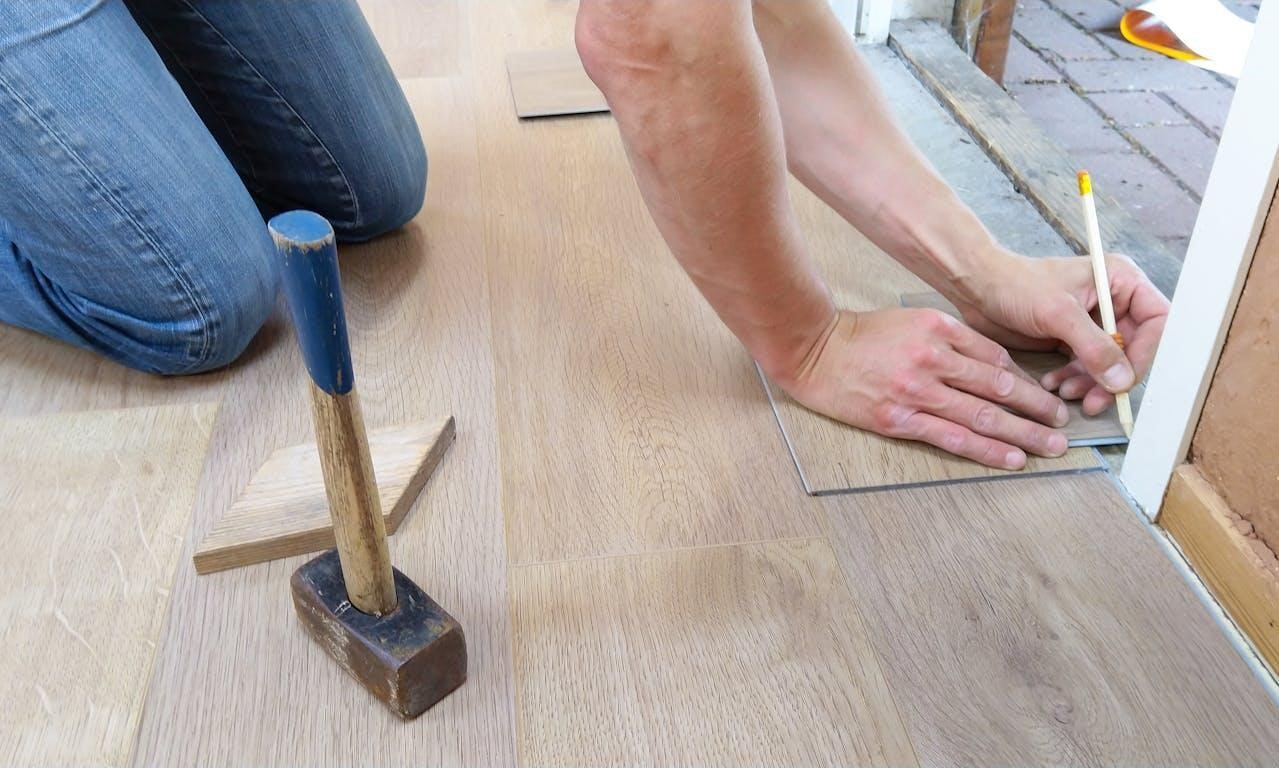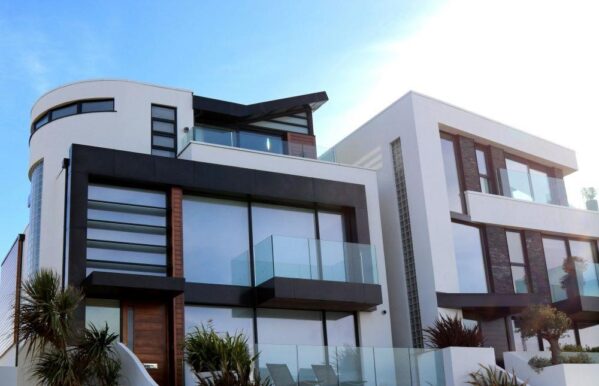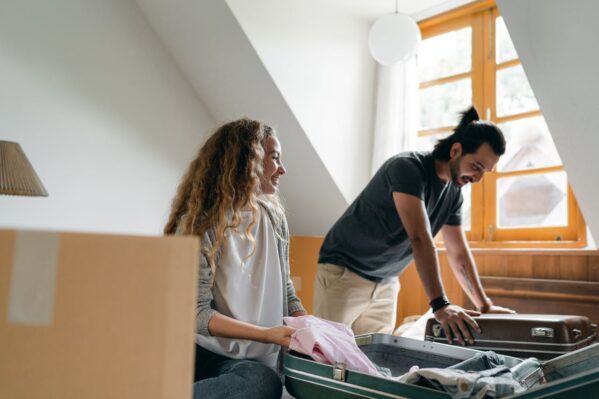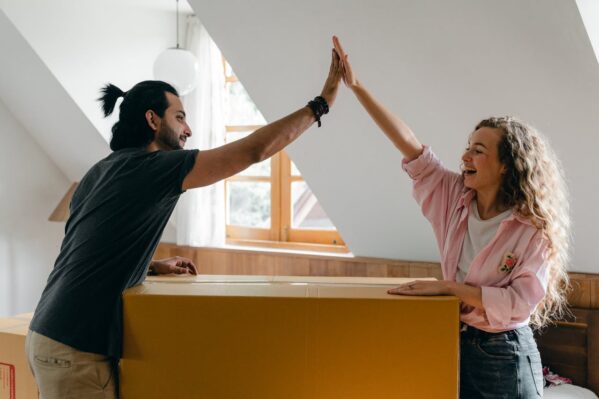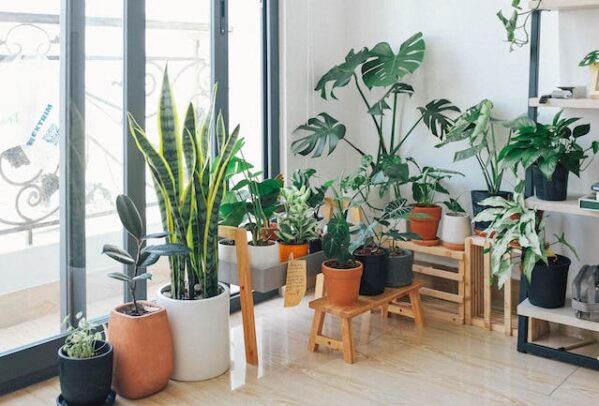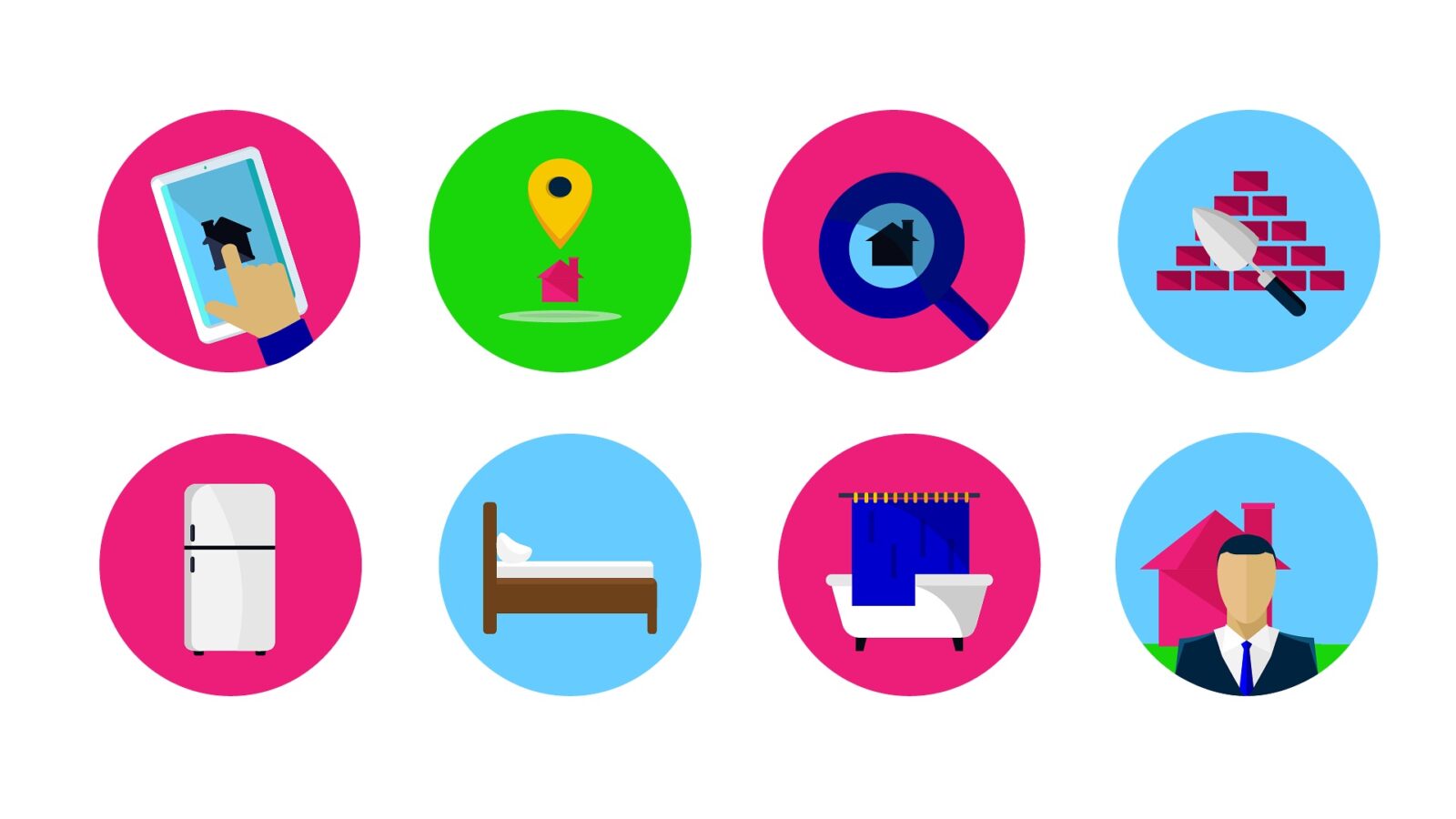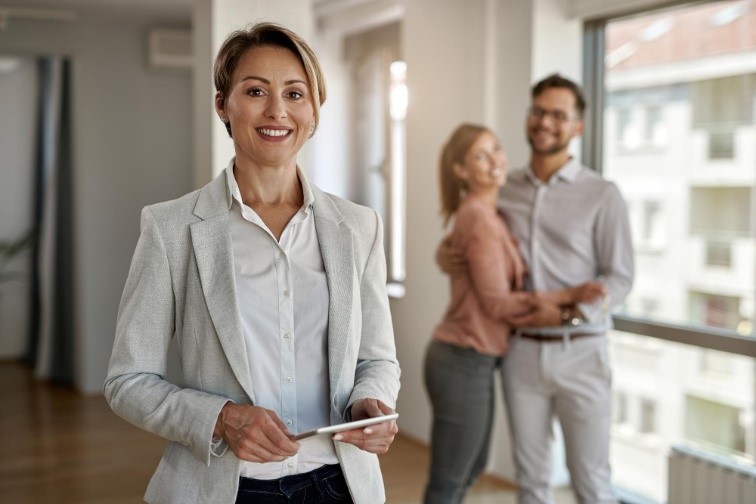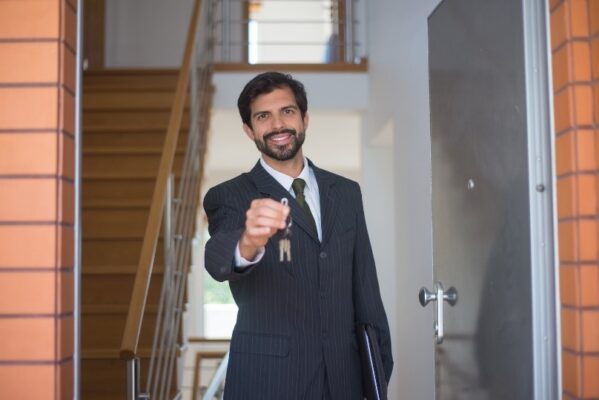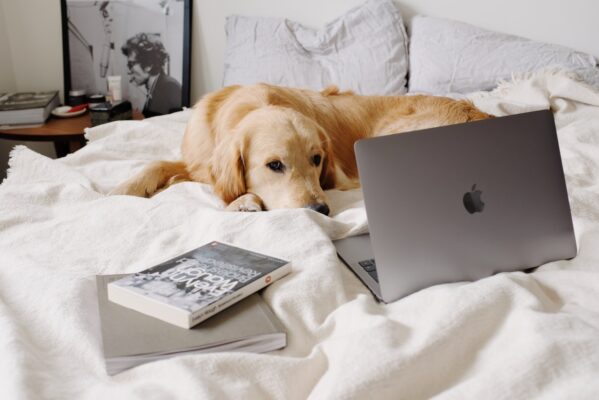Renovating your home is one of the most effective ways to increase its market value. Whether you’re planning to sell soon or simply want to boost your home’s market value, strategic home upgrades can make a significant impact. Modern buyers are drawn to stylish, functional, and energy-efficient homes, making it crucial to focus on trends that offer the highest return on investment. From kitchen makeovers to smart technology integration, the right renovations can transform your property and enhance its appeal.
Enhancing Home Value with Semi-Open Layouts and Multi-Functional Spaces
Semi-open layouts allow natural light to flow throughout the home. By featuring glass partitions, sliding doors, or archways, you can maintain a sense of spaciousness while adding privacy. These design elements allow for natural light to penetrate through spaces, offering both connectivity and personal space within the home. In addition, spaces that serve dual purposes, such as guest rooms that double as home offices, maximize utility and adaptability. Homeowners can further enhance this versatility by zoning with design—using different flooring, ceiling treatments, or built-in shelving to create distinct areas without the need for full walls. This approach not only defines various functional areas within the home but also enhances its overall aesthetic and market value.
Kitchen Upgrades with a Modern Touch
The kitchen remains the heart of the home, and modernizing it can significantly boost your home’s market value. Buyers are attracted to two-tone cabinets that offer a stylish contrast of colors or materials. Smart and energy-efficient appliances, such as touchless faucets and smart ovens, bring both convenience and sustainability, appealing to tech-savvy and eco-conscious buyers alike. Well-designed pantries and hidden storage solutions ensure a clutter-free, organized kitchen environment. Statement lighting, including pendant lights or LED strips under cabinets, adds a sleek and modern look. By moving away from open shelving, these kitchens maintain a tidy appearance with everything in its place, making your home stand out in a competitive market.
Enhancing Garage Space
A well-organized garage can be a game-changer for home value. Installing storage systems such as overhead racks, cabinets, and wall-mounted shelves helps create a tidy and functional space. Homeowners looking to make more space in their garage can benefit from these upgrades, as they allow for better organization of tools, seasonal items, and recreational equipment. An epoxy-coated floor adds durability and aesthetic appeal, making the garage more attractive to buyers. Additionally, transforming part of the garage into a workshop or home gym can further increase its usefulness and appeal.
Luxurious and Functional Bathrooms
A well-designed bathroom can greatly influence a buyer’s perception of a home. Walk-in showers with frameless glass deliver a luxurious, modern look, while freestanding tubs in primary bathrooms offer the perfect retreat for relaxation. Heated floors and smart mirrors are small upgrades that significantly enhance comfort and add considerable value. Incorporating natural and earthy elements like stone, wood tones, and greenery creates a spa-like feel, establishing a warm, organic aesthetic that is both stylish and relaxing. These energy-efficient fixtures, such as low-flow toilets and water-saving faucets, not only boost the bathroom’s appeal but also help reduce utility costs, making these spaces both beautiful and functional.
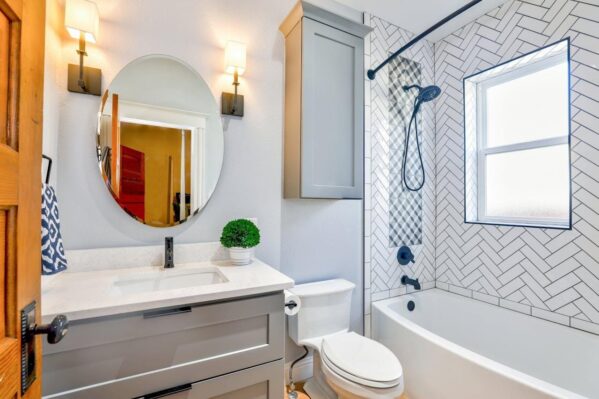
Boost Your Home’s Market Value With Smart Home Technology Integration
Technology-driven homes are in high demand. Installing smart thermostats, security cameras, and automated lighting systems can increase your home’s desirability. Buyers appreciate the convenience and energy efficiency that these features provide. Smart locks and video doorbells also add an extra layer of security, making potential buyers feel more confident in their investment. Another emerging trend is the integration of whole-home automation systems that allow residents to control everything from temperature to lighting with a single app.
Energy-Efficient Windows and Insulation
Upgrading windows and insulation is a cost-effective way to enhance your home’s energy efficiency. Double or triple-pane windows with low-emissivity coatings help regulate indoor temperatures and reduce heating and cooling costs. Proper insulation in the attic and walls can further improve energy efficiency, making your home more attractive to eco-conscious buyers. Solar panels are another high-impact upgrade that can dramatically reduce energy bills while increasing your property’s value.
Revamped Outdoor Spaces
Outdoor living areas have become an extension of the home, offering additional space for relaxation and entertainment. Adding a deck, patio, or outdoor kitchen can significantly increase your property’s value. Fire pits, pergolas, and comfortable seating areas create an inviting atmosphere. Low-maintenance landscaping, such as drought-resistant plants and synthetic turf, enhances curb appeal while minimizing upkeep and reducing water usage. These features make your outdoor spaces appealing yet functional, catering to the growing trend towards sustainability.
Basement and Attic Conversions
Transforming underutilized spaces like basements and attics into functional areas can yield a high return on investment. A finished basement can serve as a home theater, guest suite, or gym, while an attic conversion can become a home office or extra bedroom. These renovations provide additional square footage without the need for major structural changes, making them cost-effective upgrades. Many homeowners are also incorporating wet bars or mini-kitchens in basement remodels to maximize functionality and entertainment options.
Portable Storage for Stress-Free Renovations
Renovations can be disruptive, but using portable storage can help keep your belongings safe and organized. For instance, PortaBox Storage is a company that provides a convenient solution for temporarily storing furniture and valuables while work is being done. Hiring such services can keep the clutter at bay and protects your items from dust and potential damage, allowing renovations to proceed smoothly. Having a designated storage space also makes it easier for contractors to move around and complete work efficiently.
Fresh Paint and Modern Flooring
A fresh coat of paint in neutral tones can instantly update the look of a home. Light shades create a sense of spaciousness, while modern flooring options such as hardwood, luxury vinyl planks, and eco-friendly bamboo enhance the overall appeal. Removing outdated carpets and replacing them with durable, stylish flooring can make a strong impression on buyers. High-contrast color schemes and accent walls are also gaining popularity, adding a contemporary touch to home interiors.

Budget Planning for Home Renovations
When planning home renovations, it’s crucial to align your budget with your goals and the expected return on investment. Setting a clear budget and sticking to it helps ensure that your home improvements boost your property’s value without overspending. Here’s how you can manage renovations across different budgets:
Budget: Under $10K (Affordable Cosmetic & Functional Upgrades)
With a budget under $10K, focus on cosmetic and functional upgrades that enhance the home’s appeal.
- A fresh coat of exterior paint and a modern front door can dramatically improve curb appeal for $2K–$5K and $1K–$3K, respectively.
- Smart landscaping using drought-resistant plants offers sustainability and attractiveness within a $1K–$5K range.
- Inside, refreshing the kitchen and bathroom with new cabinet hardware, upgraded light fixtures, and smart faucets can revitalize these spaces without major expenditures, each costing between $300 and $2K.
Budget: $10K–$50K (Moderate Remodels for High ROI)
For those with a moderate budget of $10K to $50K, investing in key areas can yield high returns.
- Upgrading the kitchen with quartz countertops and new appliances can range from $3K to $15K, while custom cabinetry refinishing adds freshness for $5K–$10K.
- Bathroom renovations can include a new walk-in shower with frameless glass for $5K–$12K, complemented by heated floors and modern vanities for $3K–$8K.
- Enhancing the outdoor living space with a new deck, patio, or pergola can make a significant impact, costing anywhere from $5K to $25K.
Budget: $50K+ (Major Renovations & Transformations)
A budget exceeding $50K opens the door for major renovations that can completely transform your home.
- A full kitchen redesign with high-end appliances and premium countertops can cost between $50K and $100K.
- Converting your layout to a semi-open design could also run from $50K to $80K.
- For the bathroom, consider a luxurious overhaul with a soaking tub and rain shower for $30K–$60K.
- Major structural improvements like adding an accessory dwelling unit or upgrading to energy-efficient windows and solar panels typically range from $25K to $150K, drastically increasing the home’s functionality and market value.
Conclusion
Staying on top of renovation trends is essential if you want to boost your home’s market value. By focusing on modern upgrades such as open-concept living, energy-efficient features, and smart technology, you can make your home more desirable to potential buyers. Thoughtful improvements, including revamped outdoor spaces and well-utilized storage solutions, can further enhance functionality and aesthetics. Investing in timeless renovations that blend style with practicality ensures that your home remains attractive to buyers for years to come. Whether you’re planning to sell or simply want to enjoy a more comfortable living environment, these renovations offer both immediate and long-term benefits.


